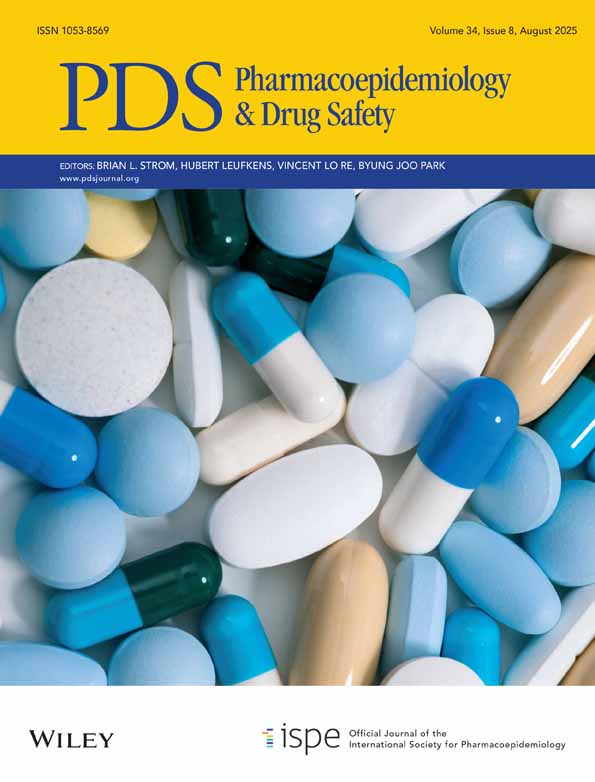The new Swedish Prescribed Drug Register—Opportunities for pharmacoepidemiological research and experience from the first six months†
No conflict of interest was declared.
Abstract
Purpose
To describe the content and potentials of the new Swedish national register on prescribed and dispensed medicines.
Methods
The Swedish Prescribed Drug Register contains information about age, sex and unique identifier of the patient as well as the prescriber's profession and practice. Information regarding drug utilization and expenditures for prescribed drugs in the entire Swedish population was extracted from the first six months July–December 2005 and compared with total drug sales in the country including OTC and hospital use.
Results
The total quantity of drugs sold in Sweden was 2666 million DDDs, corresponding to 1608 DDD/1000 inhabitants daily. The total expenditures were 1.6 billion Euro. The prescribed drugs, included in the register, accounted for 84% of the total utilization and 77% of the total expenditures. About half of all men and two-thirds of all women in the country purchased drugs. The proportion increased by age. The most common drugs for chronic treatment were diuretics among women (8.8% of the population) and antithrombotic agents among men (7.6%). Psychotropic drugs, corticosteroids and analgesics were more common among women, while men used antithrombotic agents, antidiabetic drugs, lipid lowering agents and ACE inhibitors to a greater extent.
Conclusions
The new register provides valuable data on exposure to drugs and is useful to study patterns of drug utilization. The possibilities for record linkage to other health registers gives from an international perspective good opportunities to explore drug and disease associations and the risks, benefits, effectiveness and health economical effects of drug use. Copyright © 2006 John Wiley & Sons, Ltd.




